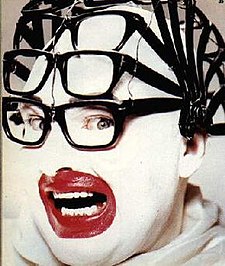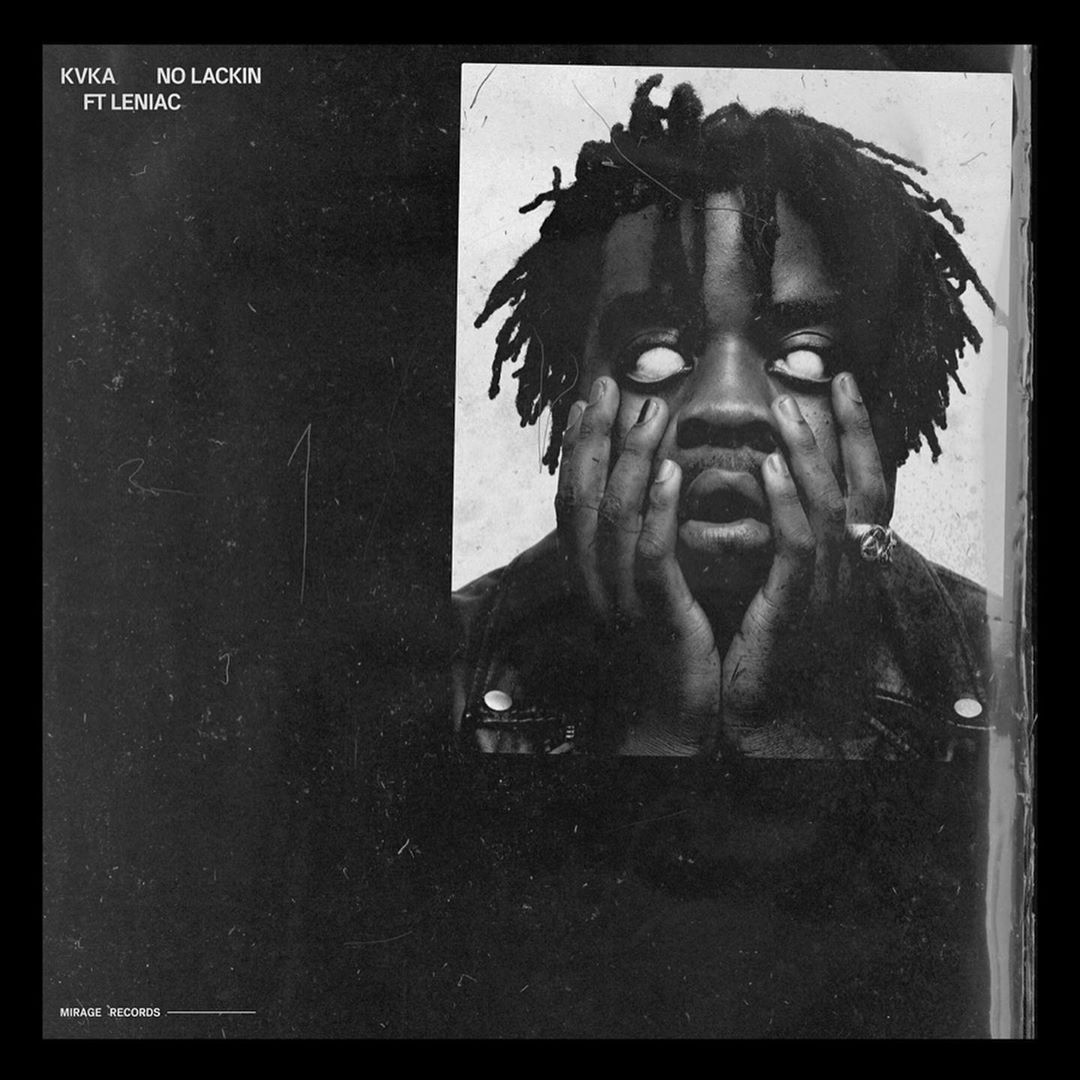LARGER THAN LIFE: LEIGH BOWERY
How a kid from Sunshine navigated London's nightlife and left an indelible impression.
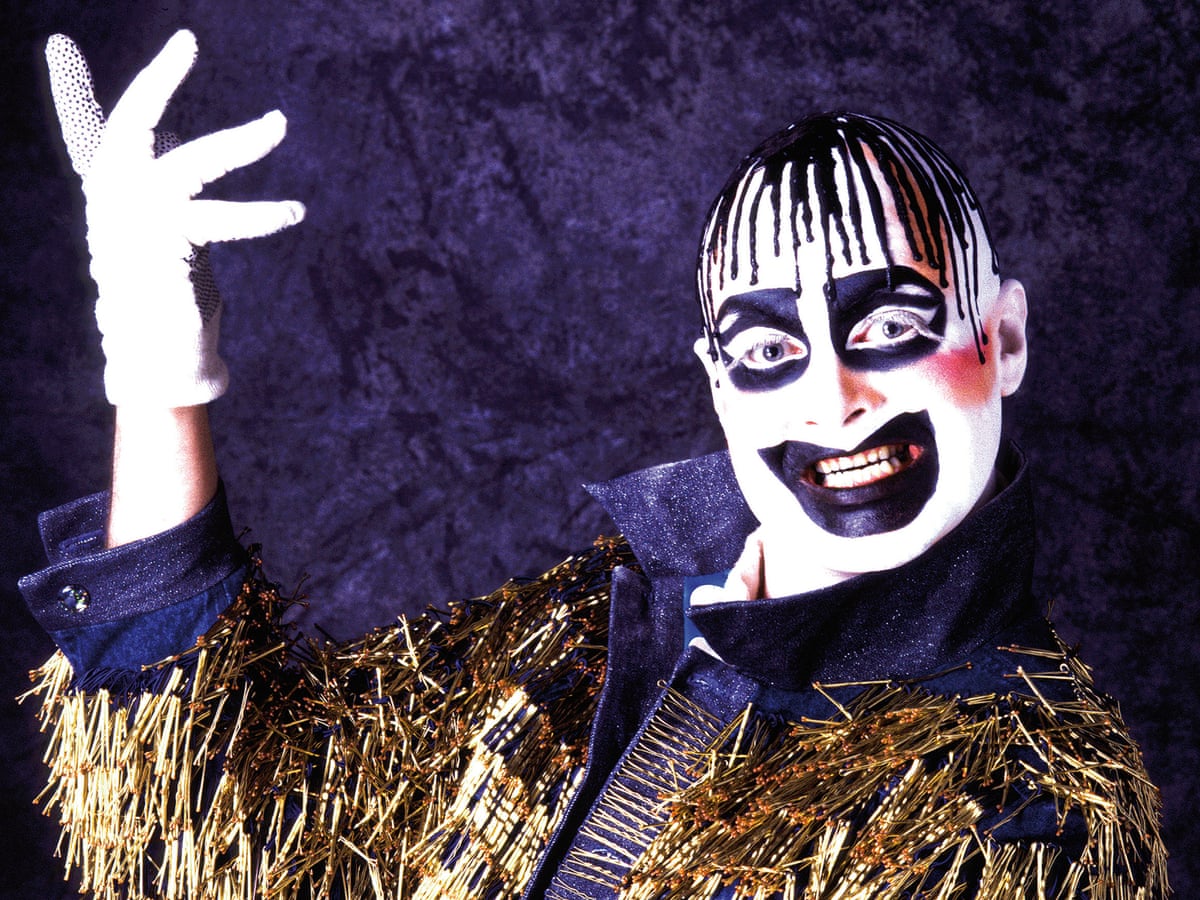
In a relatively short time, Australian Leigh Bowery became the star turn of London’s nightlife and left a legacy unsurpassed. We explore how a misunderstood kid from Melbourne’s working-class became a global icon of debauchery and performance art.
In 1980, at just 19 years of age, Bowery sold up shop and moved to London. A naturally gifted networker and eager to climb the social ladder, Bowery quickly became an important figure in London’s burgeoning alternative nightlife scene; itself enjoying a renaissance in the post-punk era.
Having grown up in Sunshine in Melbourne’s west, Bowery’s ‘break’ would come when charged as the impresario of nightclub Taboo. Bowery quickly gained attention for his outlandish outfits – a series of DIY-costumes that to this day shock and titillate in equal measure. The crew that frequented these nights came to be known as the Blitz Kids, named after prominent London club, Blitz. Contemporaries included Boy George, who once called Bowery “modern art on legs”.
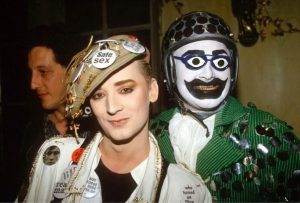
Through the sheer dedication of his transformative costumes, Bowery managed to turn himself into a performance piece, sometimes physically suffering for the cause. It’s understood that the gaffer tape Bowery regularly took to his body with would leave his skin cut and chaffed; whilst a pubic wig costume – which involved tucking his penis and testicles between his legs for an entire night – made it impossible to urinate.
Bowery’s outfits might remain what he’s most famous for today, but his costumes have layers of nuance and intrigue that warrant further inspection. Bowery’s dot face, for instance, was a statement of solidarity with sufferers of Kaposi’s sarcoma, a cancer that caused facial legions on scores of AIDS sufferers in the 1980s.
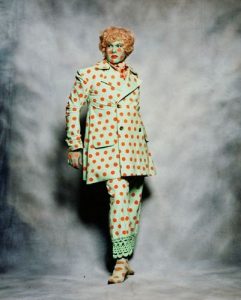
In one of his more provocative shows, Bowery gave birth to his wife Nicola on stage (Bowery, a gay man, married long-time friend Nicola Bateman seven months before his death). Mid-song, Bowery would suddenly start moaning, laying down as he went into labour and ‘gave birth’ to Nicola. For her part, Nicola would emerge from between his legs red and sweaty, having been strapped to his stomach upside down for the duration of the performance. It was culture-shock stuff, but Bowery would use these art pieces to relentlessly challenge preconceptions and the status quo.

It’s difficult to describe Leigh Bowery without factoring in his own quote to The Guardian in 1993. When asked what he most deplored in others, Bowery answered, “the urge to categorise: if you label me, you negate me”. With that in mind, the idea that Bowery was a performance artist, fashion designer, singer (for bands Red Sewage and Minty) and muse (the painter Lucien Freud regularly painted large scale nudes of Bowery) doesn’t really matter. The point is, Leigh Bowery showed us what is possible when one dedicates their life to pushing boundaries and people’s understanding of what art is. That relentless drive for progress is his most endearing legacy, and we’re incredibly proud that a kid from Melbourne’s suburbs was able to make such a lasting impact on the global fashion scene.
Leigh Bowery died of complications from AIDS in 1994, aged 33 years old.
